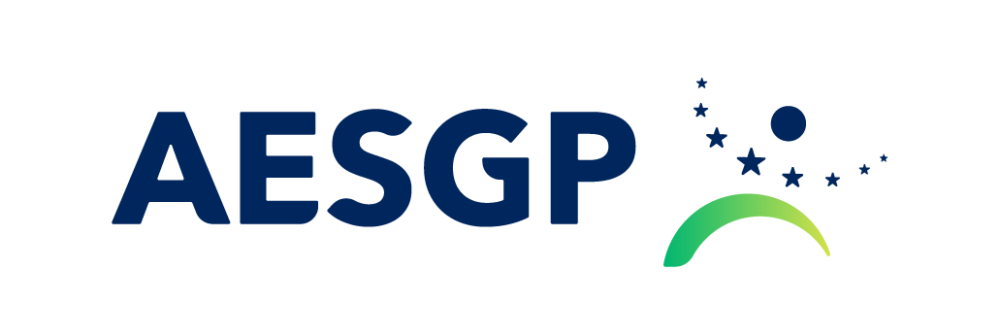Self-Care Medical Devices
Medical devices cover a wide range of products from stethoscopes to hemodialysis machines and neurostimulators used by healthcare professionals. A specific category of medical devices includes those that are used in the context of self-care without the involvement of a healthcare professional: self-care medical devices.
About self-care medical devices
Self-care medical devices include a wide variety of products commonly used for the treatment of colds, skin irritations, abdominal pain or other minor ailments as well as for contraception or prevention of the transmission of sexually transmitted diseases. They are generally available over the counter without the involvement of a healthcare professional.
Examples of medical devices include plasters, condoms, salt water nasal sprays, lubricating eye drops, dermal creams or gels, etc.
Legal framework
Medical devices, including self-care medical devices, are regulated by Regulation (EU) 2017/745 on medical devices, amending Directive 2001/83/EC, Regulation (EC) No 178/2002 and Regulation (EC) No 1223/2009 and repealing Council Directives 90/385/EEC and 93/42/EEC.
Applicable since May 2021, the new Medical Devices Regulation (MDR) largely follows the same basic regulatory requirements as the previous Directives but introduces stricter and additional requirements. Through an amendment of the MDR in 2023 (Regulation (EU) 2023/607), the transitional period has been extended to December 2027 or 2028 depending on the risk class of the given device and subject to conditions that must be fulfilled.
Substance-based medical devices
Self-care medical devices composed of substances or a combination of substances are also called “substance-based medical devices”. Given their intended use for medical purposes, these products are qualified as “medical devices” because of their mode of action which relies on chemico-physical processes such as pH changes, sequestering actions of molecules, and the formation of a physical barrier.
However, as substance-based medical devices follow the same form and route of administration as medicines, there are borderline cases where it is not immediately clear whether a particular product should be considered a “medical device” or a “medicinal product”, and therefore must fall under the Medicinal Products Directive (MPD) or the Medical Devices Regulation (MDR).
These so-called “borderline” products require a detailed case-by-case assessment to ensure that they are correctly qualified in terms of product category. In these cases, it is the main mode of action exerted by the product to achieve the intended medical purpose that will determine whether a given product composed of substances or a combination of substances is to be qualified as a medical device or as a medicinal product. Substance-based medical devices, like any medical device, achieve their principal intended action by chemico-physical means, whereas medicinal products act by pharmacological, immunological or metabolic means.
You might be interested in
-
By when do self-care medical devices need to comply with Regulation 2017/745?
Regulation 2017/745 is applicable since May 2021. Since that date, all medical devices, including self-care medical devices, must comply with the provisions of the Regulation. However, subject to certain conditions, transitional periods allow medical devices with a certificate obtained under the previous legislative framework to be placed on the market at the latest until December 2027 or 2028, depending on the risk class of the given device.
-
What are the changes introduced by Regulation 2017/745 concerning self-care medical devices?
Apart from general changes that affect all types of medical devices, such as improved transparency through a comprehensive EU database on medical devices and a device traceability system based on unique device identification or strengthening of post-market surveillance requirements for manufacturers, Regulation 2017/745 expressly recognizes substance-based medical devices. In particular, classification rule 21 addresses specifically medical devices composed of substances or of combinations of substances.
-
What is the difference between self-care medical devices and (non-prescription) medicines?
The main difference between self-care medical devices and (non-prescription) medicines concerns the mode of action. Self-care medical devices achieve their principal intended action by chemico-physical means whereas (non-prescription) medicines act by pharmacological, immunological or metabolic means.
